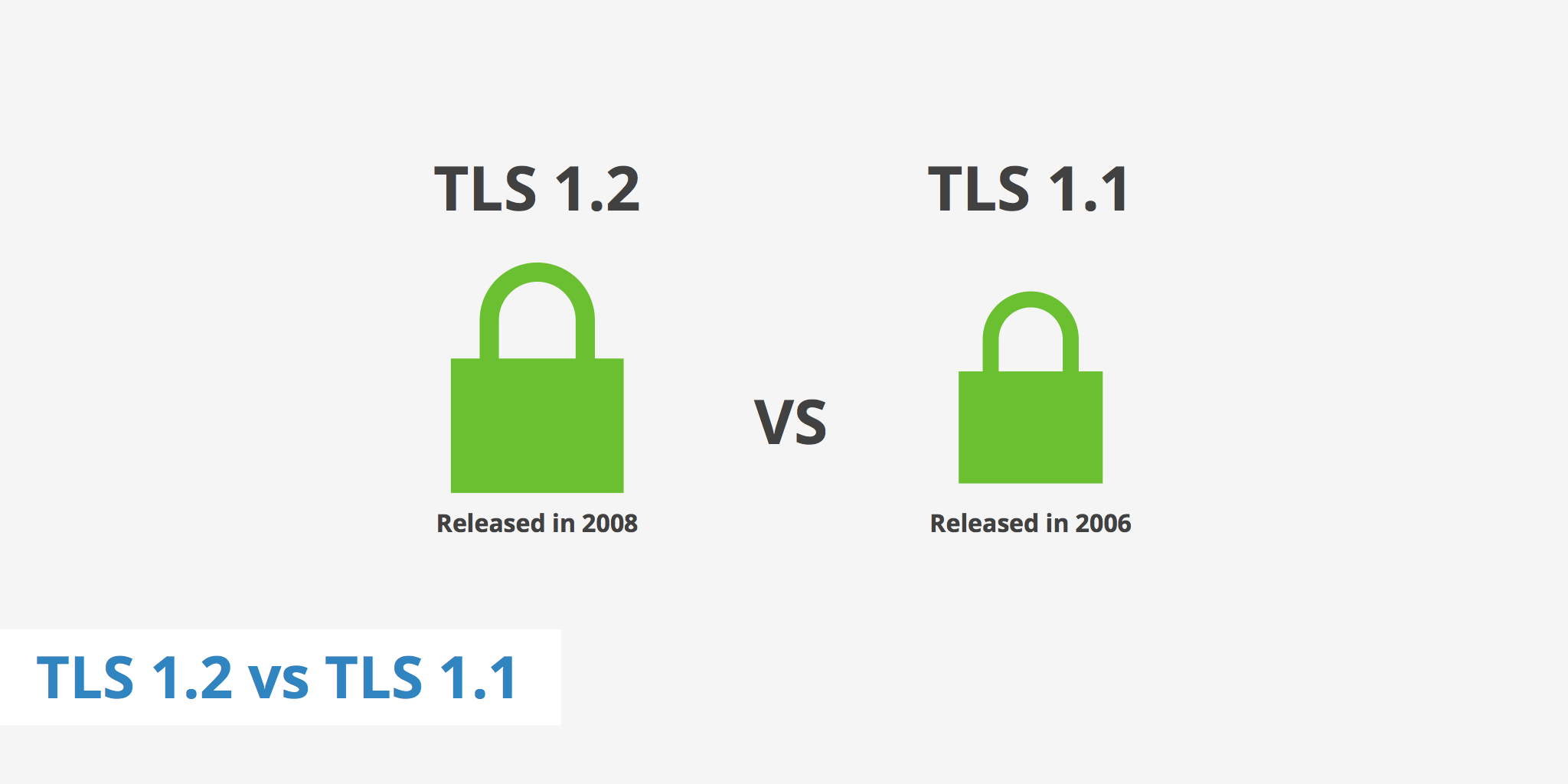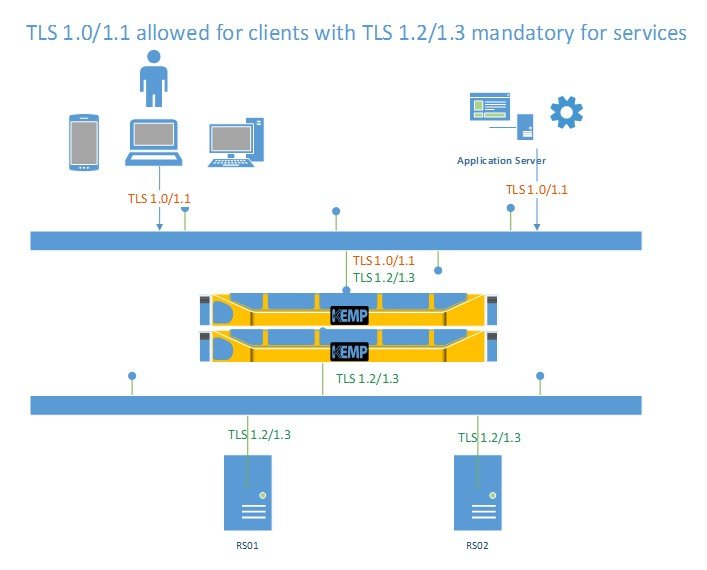

This setup has been working fine for the last year. Tags: DigiCert, HTTP/1.1, PayPal, PCI-Compliance, Server, ssl, TLS, TLS1.1, TLS1.I have ARR setup on Server 2016 with 2x Server 2008 web servers in the webfarm.
TEST TLS 1.2 SERVER CODE
He spends his days building WordPress websites for small businesses, developing new code with the online community, and living life. It may be time to switch to some better website hosting!īrian Johnson is a website developer and designer living in Minneapolis, Minnesota with a passion for code and WordPress. If you fail, please let us know so we can take a look. These protocols are important because they make sure credit card data is fully secured, according to the PCI-compliant standards. In the top-left corner of the results, it should say “Protocols enabled” and under that, you will hopefully see “TLS1.2”. Once it’s done checking, click “Details” and then “Server Configuration”.Enter in your website address and click “Check”.This will show you which TLS versions are enabled, but not whether HTTP/1.1 is available. A simple response is returned which lets you know the result.Īlternatively, there is a website you can use that will check your SSL certificate and tell you which protocols it supports. How does this work? Simple! It’s just a basic script that accesses PayPal’s API endpoint which is designed only to determine whether TLS 1.2 and HTTP/1.1 are supported. A red message indicates that there is an issue. If you get a green “PayPal_Connection_OK”, then you’re all set! Your server fully supports these protocols. Follow the descriptions of the results on the page to determine whether you’ve passed, or what the issues are.

You should easily get your answer! This page will let you know whether your site supports TLS 1.2 and HTTP/1.1. TLS 1.2 - will return will return an HTTP 400 response with the following text in the body: “ERROR! Connection is using TLS version lesser than 1.2. “ERROR! Connection is using HTTP/1.0 protocol. HTTP/1.1 - will return an HTTP 400 response with the following text in the body: HTTPS – will return an HTTP 400 response with the following text in the body: On failure: One of the following errors will occur depending on what your system does not support: On success: A successful connection to will return an HTTP 200 response with the following text in the body: “PayPal_Connection_OK”

All we need to do is add a simple test file to our site and check the results. The dubious nature of these “failed” warnings notwithstanding, it’s actually not very hard to check and see if your current server supports these protocols.

They can tell you what versions of TLS are enabled for your SSL certificate, but cannot verify that the site itself is functioning properly using TLS 1.2, and they also cannot verify that HTTP/1.1 is supported. *Note: it’s not actually possible to enter in your URL to test for TLS support in a third-party website. If you’re here, you more than likely received a letter or warning from PayPal or your credit card provider that you failed a test or otherwise need to verify support of these things. With the upcoming changes to PCI compliance and the whole credit-card industry, it’s important to ensure that your SSL encryption supports TLS 1.2 and HTTP/1.1.


 0 kommentar(er)
0 kommentar(er)
